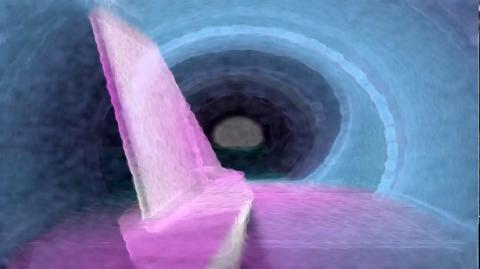My (and other) personal interest and research topic, is to creatively use the functions of realistic representation of these tools, and, playing around on their limits and errors, to create something that steps away from realism in a pictorial or abstract way.
I do not consider myself completely satisfied by the algorithms currently created for the non-photo-realistic rendering of images, since they are mostly focused on the "cartoon - illustration" and not pictorial - artistic rendering ... And the few products developed in this sense, they do not react too well to the movement, creating effects far from my visions.
These are certainly tools created for architectural representation (to give the customer some sort of soft and old fashion vision) or to speed up the production process of "traditional" animations (I mean the modern disney animations left with a 2D appearance and Japanese anime) to which we are still all very used, who now take advantage of 3D elements for the representation of architectures, complex locomotion systems, elements and background characters etc etc.
The composition of images, films, performances created with these techniques, whether realistically or not, are very close to the scenographic and photographic techniques used in cinema and theater.
Artificial light sources should be placed wisely to archieve the desired effect.
They can change in color, position and intensity.
They can project a previously created image or movie.
The objects themselves present in the scene can be made up of the most varied materials: simple wireframe (iron film) representations, completely flat and monochromatic,they may appear to be natural, artificial elements, made up of particles, or to be light sources themselves. They can be "painted" in every possible way, as, to be clear, a painted stone, and as surface painting can also be used a video changing at any time.
